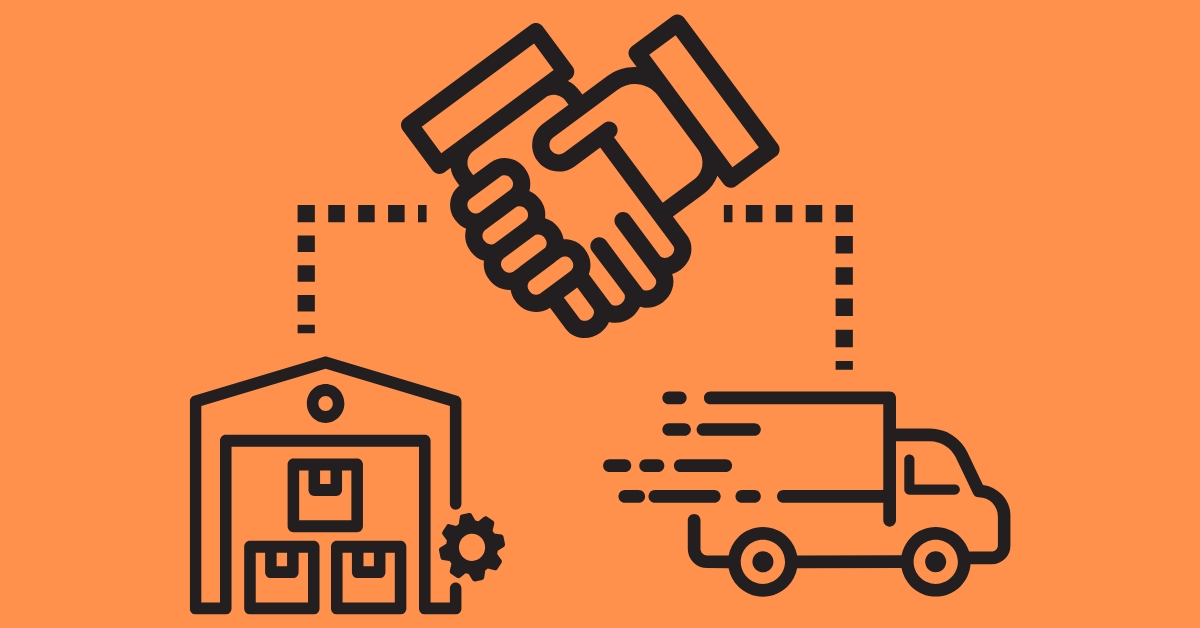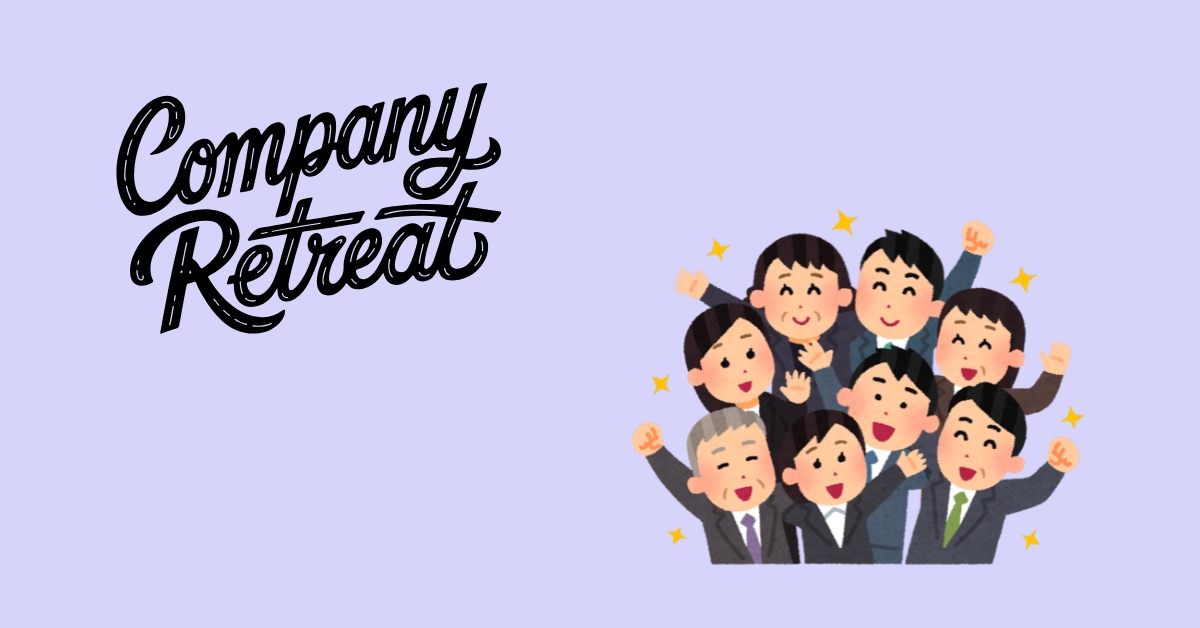Currently Empty: $0

How to Plan an Effective Networking Event
Overview
Networking events are a powerful way to bring people together, foster professional connections, and create opportunities for collaboration and growth. However, organizing a successful networking event requires careful planning, attention to detail, and a strategic approach to ensure that participants leave with valuable connections and a positive experience. Whether you’re planning a small industry meetup or a large conference, here are the key steps to help you plan an effective networking event.
1. Define the Event’s Purpose and Target Audience
The first step in planning a successful networking event is to define its purpose. What do you want to achieve with the event? Are you looking to connect industry professionals, help attendees find potential collaborators, or promote your brand? A clear understanding of your event’s goals will shape its structure and content.
Next, identify your target audience. Consider who will benefit most from the event—whether it’s entrepreneurs, investors, job seekers, or professionals from a specific industry. Knowing your audience will inform decisions about event format, speakers, topics, and venues, ensuring that the event resonates with the right people.
2. Choose the Right Format and Venue
The format of your networking event should encourage engagement and interaction. Standard formats include structured events such as speed networking, panel discussions with Q&A sessions, or informal mixers. Consider what will best suit the needs of your attendees, whether they prefer casual conversations or more organized sessions with specific themes.
The venue plays a crucial role in setting the tone of the event. Look for a location that is easily accessible, with sufficient space to accommodate your guest list while allowing for comfortable interactions. Depending on the size of your event, this could be a hotel conference room, a co-working space, or a casual setting such as a restaurant or lounge. Ensure the venue has the right atmosphere and the necessary amenities, such as Wi-Fi, projectors, or refreshments.
3. Create an Engaging Program and Agenda
A well-structured agenda helps attendees navigate the event and know what to expect. Balance time for formal activities, like presentations or panel discussions, with plenty of opportunities for informal networking. To encourage meaningful connections, make sure to include structured networking sessions, such as icebreakers or group discussions, where participants can interact with multiple people in a short period.
Additionally, consider providing attendees with name tags and brief bios to facilitate introductions. Digital tools, such as event apps, can also be helpful for attendees to connect with others and schedule one-on-one meetings during the event.
4. Promote the Event and Attract Attendees
Effective promotion is crucial to ensuring a successful turnout. Utilize social media platforms, email campaigns, and professional networks like LinkedIn to disseminate the information. Engage with potential attendees ahead of time by providing event teasers, sharing speaker details, or creating content related to the event’s themes. Consider offering early-bird tickets or discounts to incentivize sign-ups.
Leverage your industry connections, influencers, and sponsors to help promote the event. The more relevant and appealing your event appears, the more likely you are to attract the right attendees.
5. Provide Networking Tools and Support
During the event, ensure that attendees have ample opportunities to network. Consider providing “conversation starters” or hosting round-table discussions to facilitate connections. Offering a mix of informal networking spaces and more structured activities can encourage interaction among participants of various backgrounds and professions.
Additionally, provide attendees with tools such as business card exchanges, networking apps, or a digital directory of attendees, allowing them to continue networking after the event.
6. Follow Up After the Event
After the event, your job isn’t over. Following up is an essential part of maintaining the momentum and value of the connections made. Send thank-you emails to all attendees, along with highlights from the event and any additional resources that may be of benefit to them. You can also share a list of attendees and encourage them to reach out to one another.
If possible, collect feedback on the event to understand what worked well and identify areas for improvement for future networking opportunities. This demonstrates your commitment to continuous improvement and enables you to plan even better events in the future.
Final Thoughts
Planning an effective networking event requires thoughtful preparation, from defining the event’s purpose and choosing the right venue to creating engaging content and promoting it effectively. By fostering an environment where meaningful connections can be formed, your event will leave a lasting impact on attendees, enabling them to build valuable professional relationships and enhance your reputation as an event organizer.
#NetworkingEvent #EventPlanning #ProfessionalNetworking #BusinessNetworking #EventSuccess #EventStrategy #NetworkingOpportunities #EventPromotion #BusinessGrowth #EventManagement


 0
0



